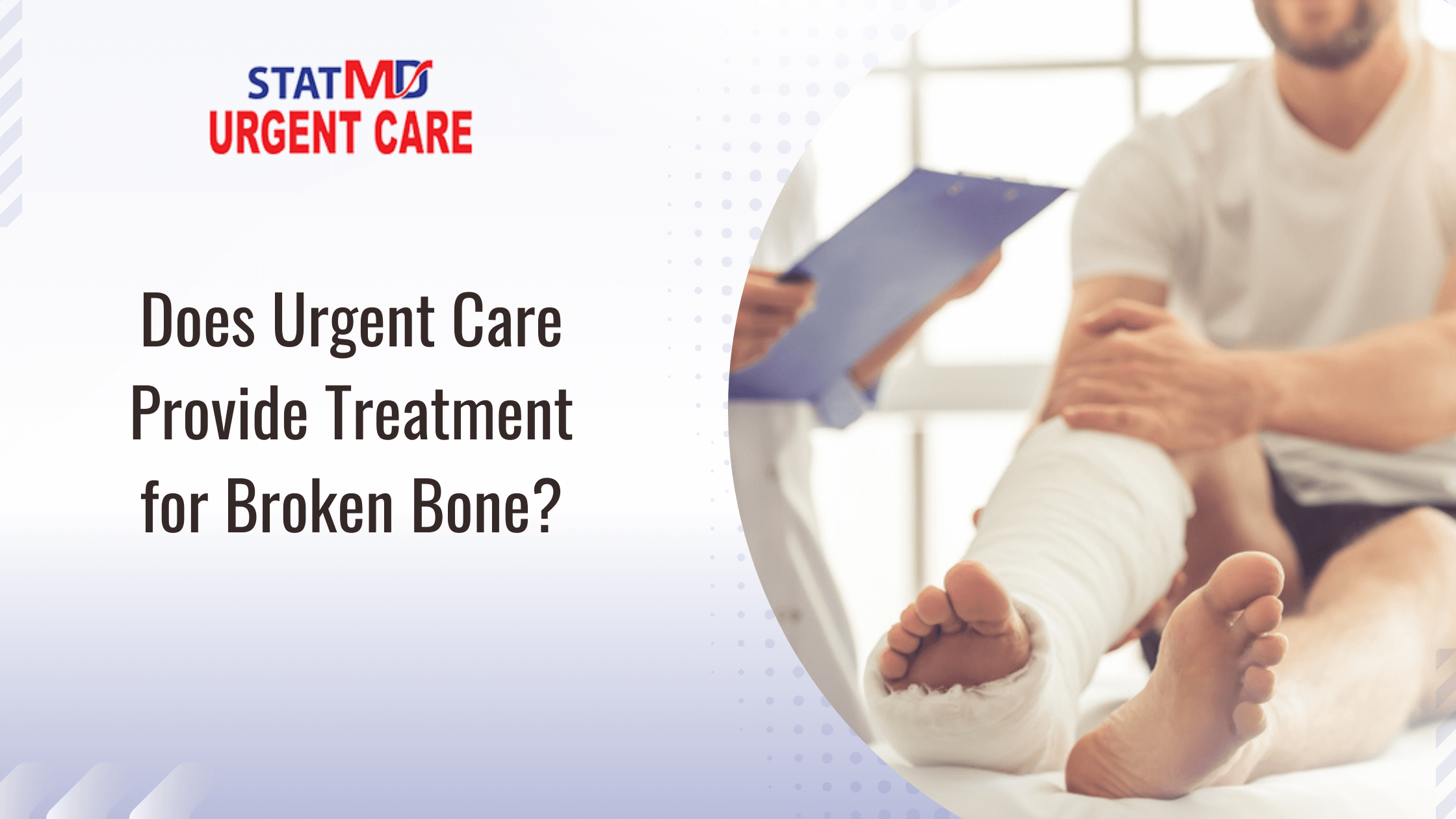
Flu Shots Now Available Don't Miss Out on Limited Supply!
For Young St: (661) 464-5000
For Panama Lane: (661) 464-5001

Bone fracture is a medical condition where a bone is broken or cracks, caused by trauma, overuse, or disease affecting bone strength. It can result in pain, swelling, and loss of function in the affected limb. The fracture's severity and location determine the pain level, which can range from mild to severe. Treatment can include immobilization, medication, and surgery.
There are several types of bone fractures, including:
Simple (closed) fracture: Bones are broken, but the skin is intact.
Compound (open) fracture: Broken bones penetrate the skin.
Comminuted fracture: Bones are shattered into many pieces.
Stress fracture: Hairline cracks caused by repetitive stress.
Greenstick fracture: Incomplete break in the bone, like a green twig that bends.
Transverse fracture: Horizontal break across the bone.
Oblique fracture: Angled break across the bone.
Spiral fracture: Caused by a twisting force.
Each type of fracture requires different treatment and has a different healing time.
Bone fractures can be caused by several factors, including:
Trauma or injury: Trauma refers to a physical injury to the body. Injury is damage or harm caused to the body or mind.
Osteoporosis: Osteoporosis is a bone disease characterized by decreased bone density and an increased risk of fractures. It can lead to brittle bones and increase the risk of fractures.
Overuse or repetitive stress: Overuse or repetitive stress injury is damage to tissues caused by repeated stress, often from overdoing a physical activity. It can cause pain and discomfort and can affect tendons, muscles, and bones.
Broken bones are typically diagnosed through the following steps at an urgent care center:
Imaging tests such as CT scans, MRIs, or bone scans may be necessary to get a clearer picture of the injury.
You should seek further medical attention for a broken bone if you experience any of the following:
Read Also: Common Injuries That Need Immediate Medical Care
Broken bones can be painful and take a long time to heal, but there are ways to reduce the risk of injury and prevent broken bones. Following some simple steps and taking preventive measures can lower the likelihood of a fracture and keep your bones strong and healthy.
Urgent care centers are equipped to provide initial treatment for broken bones, including diagnosing the extent of the injury, stabilizing the affected area, and managing pain. Below are some of the steps that are taken by specialists while offering treatment.
X-rays: To diagnose the injury's extent and determine the fracture's type and location.
Immobilization: To keep the broken bone in proper alignment, a cast, splint, or brace may be applied.
Pain management: Over-the-counter or prescription pain medication may be prescribed.
Referral to a specialist: Severe fractures may require referral to an orthopedic specialist for further evaluation and treatment.
Physical therapy: To regain strength, mobility, and range of motion after the fracture has healed.
Follow-up visits: Regular follow-up visits to monitor healing and make adjustments to treatment as needed.
Telemedicine plays a crucial role in broken bone diagnosis and treatment by providing virtual consultations, remote monitoring, imaging review, prescription management, specialist referrals, and patient education. It helps improve access to care, reduces wait times, and supports the healing process.
Get the prompt and effective treatment you need for your broken bones at Stat MD Urgent Care. With experienced healthcare professionals, state-of-the-art technology, and a commitment to patient-centered care. We have several options like on-site x-ray and imaging to diagnose broken bones with a standard treatment solution. We're here to help you on the road to recovery. Book your appointment now!